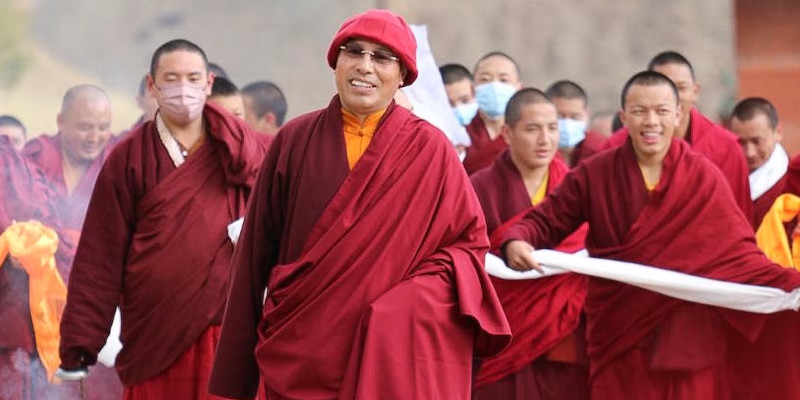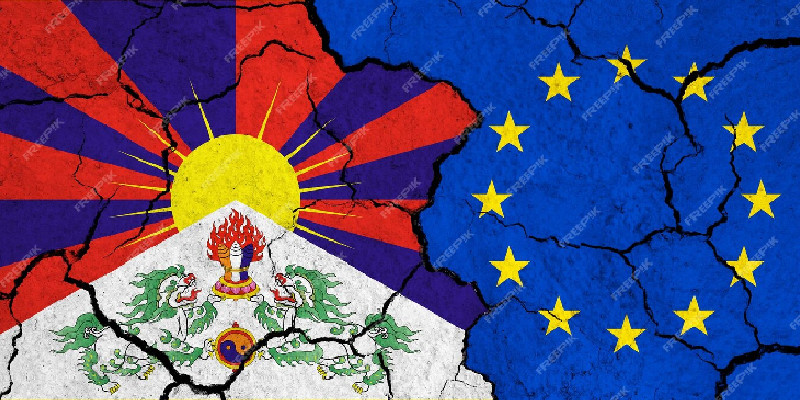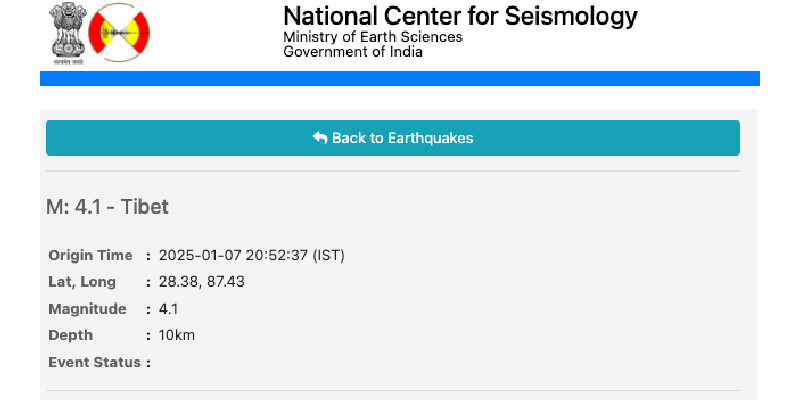A brave 29-year-old Tibetan activist has exposed illegal sand and gravel mining in Tsaruma, Kakhog County, as part of a larger pattern of environmental exploitation in Tibet under Chinese rule. His reports highlight the ongoing destruction of the Tsaruma River, which is vital to the Yangtze and Yellow river systems. This incident underscores a broader issue: for decades, Chinese authorities have engaged in resource extraction, infrastructure development, and hydropower projects that jeopardize Tibet’s delicate ecosystems and threaten the survival of local communities.
From mining operations to dam construction, Tibetan lands have been exploited for their rich natural resources, with minimal regard for the environmental impact or the rights of the local population. Hydropower projects such as the Kamtok (Gangtuo) dam on the Drichu (Yangtze River) continue to displace communities and threaten sacred cultural sites. Protests by local Tibetans are often met with brutal suppression. Hundreds of Tibetans in Derge County, Kham, were detained for peacefully opposing the Kamtok dam, which would submerge villages and monasteries that are integral to the region’s spiritual and cultural heritage.
The UN Special Rapporteur Mary Lawlor recently reported that environmental defenders in Tibet face persecution, imprisonment, and even torture for their resistance. Cases such as the imprisonment of Dorjee Daktal and Kelsang Choklang for protesting mining at Naglha Dzamba highlight the severe penalties faced by those who stand against China’s environmental degradation in Tibet. Both activists were sentenced to over a decade in prison for their involvement in a peaceful protest against mining at a sacred mountain, and their current whereabouts remain unknown.
These incidents of environmental destruction and suppression of protests illustrate a troubling pattern of exploitation that extends far beyond isolated cases. China’s resource extraction practices, driven by economic and infrastructural ambitions, continue to erode the environmental sustainability of the Tibetan plateau. The construction of dams, mining, and industrial projects not only devastate fragile ecosystems but also undermine the cultural and spiritual identity of Tibetans, displacing them from their ancestral lands.
As China’s development projects ramp up, Tibet’s unique ecosystems and biodiversity are increasingly under threat, with hydropower, mining, and infrastructure projects damaging its rivers, grasslands, and forests. The destruction of sacred sites and the displacement of communities speak to the high human and environmental cost of these projects. Despite the international outcry, including concerns raised by 13 UN human rights experts regarding the irreversible environmental and cultural impacts of the Kamtok hydropower dam, the exploitation continues unabated.
The story of the Tsaruma whistleblower is just one example in a long history of environmental exploitation in Tibet. However, it serves as a powerful reminder of the resilience of Tibetan communities, who continue to defend their land and culture despite overwhelming odds.







Leave a Reply